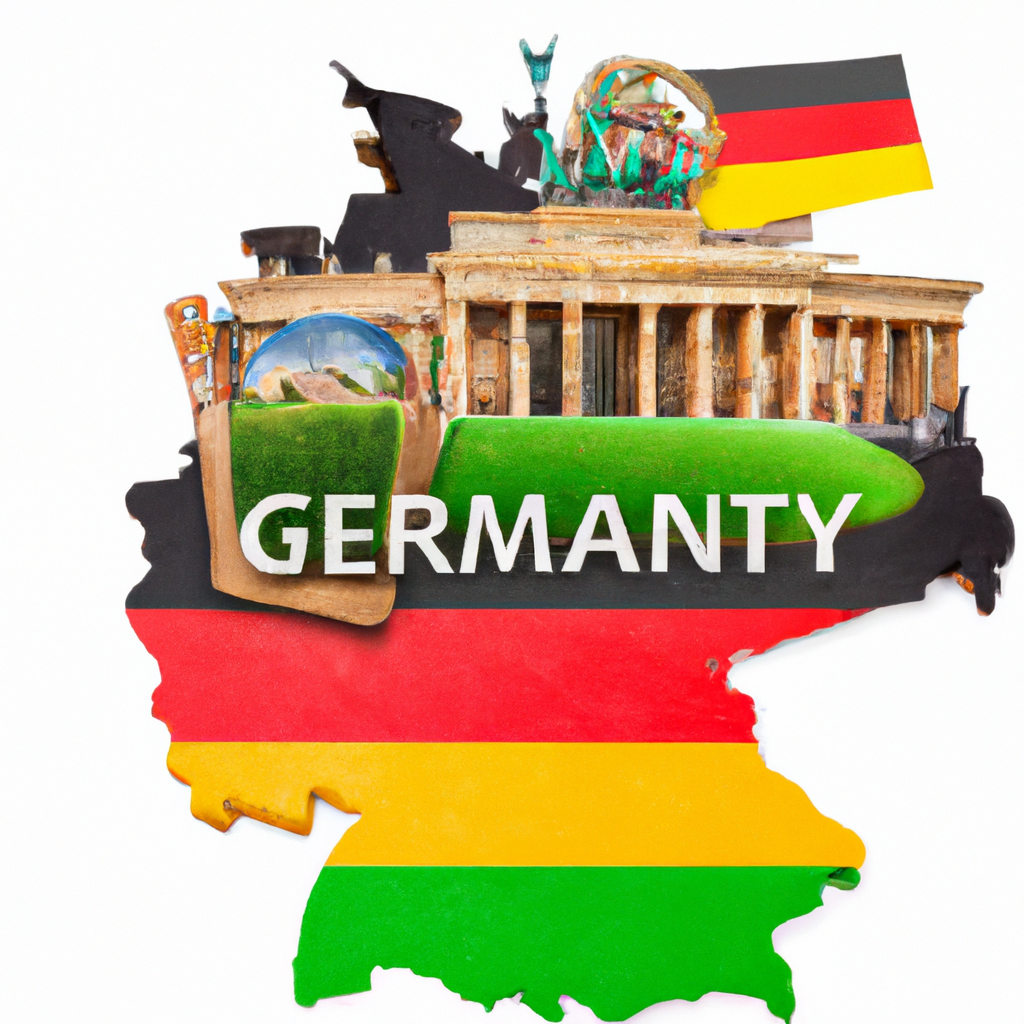How can I learn about Germany's contributions to science?
Post ByAdequate Travel
Summary
Germany has played an integral role in advancing the world of science and technology. From historical inventions such as the Gutenberg printing press to more recent breakthroughs in medical research, Germany has been a driving force in pushing the boundaries of what's possible. In this blog post, we'll explore some of Germany's most remarkable contributions to science and technology.
While planning your trip, take note of any travel restrictions that may impact your itinerary, such as limited access to certain regions or attractions.
To learn about Germany's contributions to science, you can follow the steps detailed below:1. Books and Literature:- Read books and literature written by German scientists or authors who discuss the advancements made by German scientists. Start with books that provide an overview of the history of German science or specific branches of science. Some recommended books are: a. "The Romantic Machine: Utopian Science and Technology after Napoleon" by John Tresch – explores Germany's contributions to the field of science during the Romantic era. b. "The German Genius: Europe's Third Renaissance, the Second Scientific Revolution, and the Twentieth Century" by Peter Watson – covers the achievements of German scientists across various disciplines. c. "The Scientists: A History of Science Told Through the Lives of Its Greatest Inventors" by John Gribbin – offers insights into the lives and breakthroughs of notable German scientists like Albert Einstein and Max Planck.2. German Universities and Research Institutes:- Look for information on German universities and prominent research institutes. These institutions are known for their scientific contributions and can be valuable sources of information. For example: a. Max Planck Institutes – a network of research institutes covering various scientific domains. b. Heidelberg University – known for its excellence in natural sciences, physics, and chemistry. c. Technical University of Munich – renowned for engineering and computer science.3. Historical Figures and Discoveries:- Study the works and discoveries of German scientists who have contributed significantly to various scientific fields. Here are some prominent examples: a. Albert Einstein – revolutionized physics with the theory of relativity and the equation E=mc². b. Carl Friedrich Gauss – made significant contributions to mathematics and physics, including his work on the Gauss's Law in electromagnetism. c. Robert Koch – discovered the bacteria responsible for diseases like tuberculosis and developed the Koch's postulates for determining the causative agents of diseases. 4. Scientific Institutions and Organizations:- Explore institutions and organizations that have contributed to scientific research and development in Germany. These organizations often publish reports, articles, and journals showcasing the latest advancements in science. Examples include: a. Fraunhofer Society – Europe's largest application-oriented research organization. b. Leibniz Association – conducts research in various disciplines, such as natural sciences, life sciences, and engineering. c. Helmholtz Association – one of Germany's largest scientific organizations, covering fields like energy, Earth, and environment.5. Online Resources:- Utilize online platforms and resources to access information on Germany's scientific contributions. Some reliable sources are: a. Websites of German scientific institutions mentioned above. b. Academic databases like JSTOR and Google Scholar, where you can find research papers and articles. c. Online lectures, podcasts, and educational platforms that cover German science history or specific subjects.By following these steps, you can gain a comprehensive understanding of Germany's contributions to science, ranging from historical discoveries to contemporary research and advancements.
To learn about Germany's contributions to science, you can follow the steps detailed below:1. Books and Literature:- Read books and literature written by German scientists or authors who discuss the advancements made by German scientists. Start with books that provide an overview of the history of German science or specific branches of science. Some recommended books are: a. "The Romantic Machine: Utopian Science and Technology after Napoleon" by John Tresch – explores Germany's contributions to the field of science during the Romantic era. b. "The German Genius: Europe's Third Renaissance, the Second Scientific Revolution, and the Twentieth Century" by Peter Watson – covers the achievements of German scientists across various disciplines. c. "The Scientists: A History of Science Told Through the Lives of Its Greatest Inventors" by John Gribbin – offers insights into the lives and breakthroughs of notable German scientists like Albert Einstein and Max Planck.2. German Universities and Research Institutes:- Look for information on German universities and prominent research institutes. These institutions are known for their scientific contributions and can be valuable sources of information. For example: a. Max Planck Institutes – a network of research institutes covering various scientific domains. b. Heidelberg University – known for its excellence in natural sciences, physics, and chemistry. c. Technical University of Munich – renowned for engineering and computer science.3. Historical Figures and Discoveries:- Study the works and discoveries of German scientists who have contributed significantly to various scientific fields. Here are some prominent examples: a. Albert Einstein – revolutionized physics with the theory of relativity and the equation E=mc². b. Carl Friedrich Gauss – made significant contributions to mathematics and physics, including his work on the Gauss's Law in electromagnetism. c. Robert Koch – discovered the bacteria responsible for diseases like tuberculosis and developed the Koch's postulates for determining the causative agents of diseases. 4. Scientific Institutions and Organizations:- Explore institutions and organizations that have contributed to scientific research and development in Germany. These organizations often publish reports, articles, and journals showcasing the latest advancements in science. Examples include: a. Fraunhofer Society – Europe's largest application-oriented research organization. b. Leibniz Association – conducts research in various disciplines, such as natural sciences, life sciences, and engineering. c. Helmholtz Association – one of Germany's largest scientific organizations, covering fields like energy, Earth, and environment.5. Online Resources:- Utilize online platforms and resources to access information on Germany's scientific contributions. Some reliable sources are: a. Websites of German scientific institutions mentioned above. b. Academic databases like JSTOR and Google Scholar, where you can find research papers and articles. c. Online lectures, podcasts, and educational platforms that cover German science history or specific subjects.By following these steps, you can gain a comprehensive understanding of Germany's contributions to science, ranging from historical discoveries to contemporary research and advancements.
Suggested Questions
- Schloss Herberstein, Feldbach (near the German-Austrian border): Horror Story, History & Paranomial Activities
- Burg Eltz, Wierschem: Horror Story, History & Paranomial Activities
- Hotel Elephant, Weimar: Horror Story, History & Paranomial Activities
- Herrenchiemsee Palace, Chiemsee: Horror Story, History & Paranomial Activities
- Festung Rosenberg, Kronach: Horror Story, History & Paranomial Activities
- Kloster Bronnbach, Wertheim: Horror Story, History & Paranomial Activities











